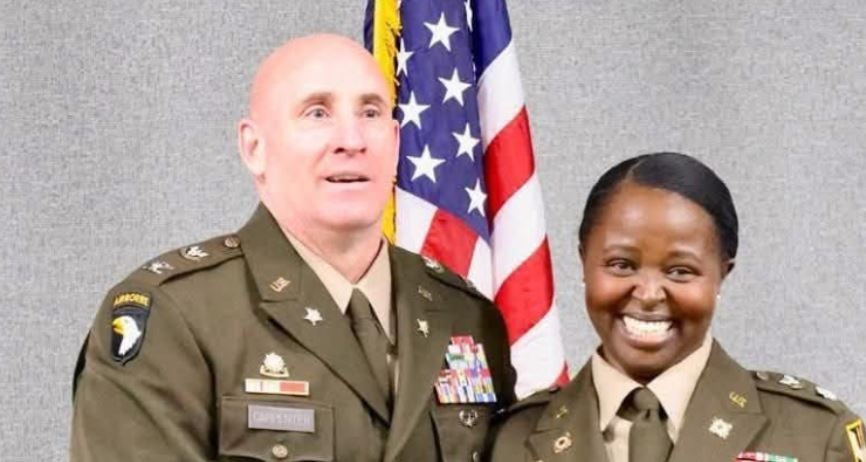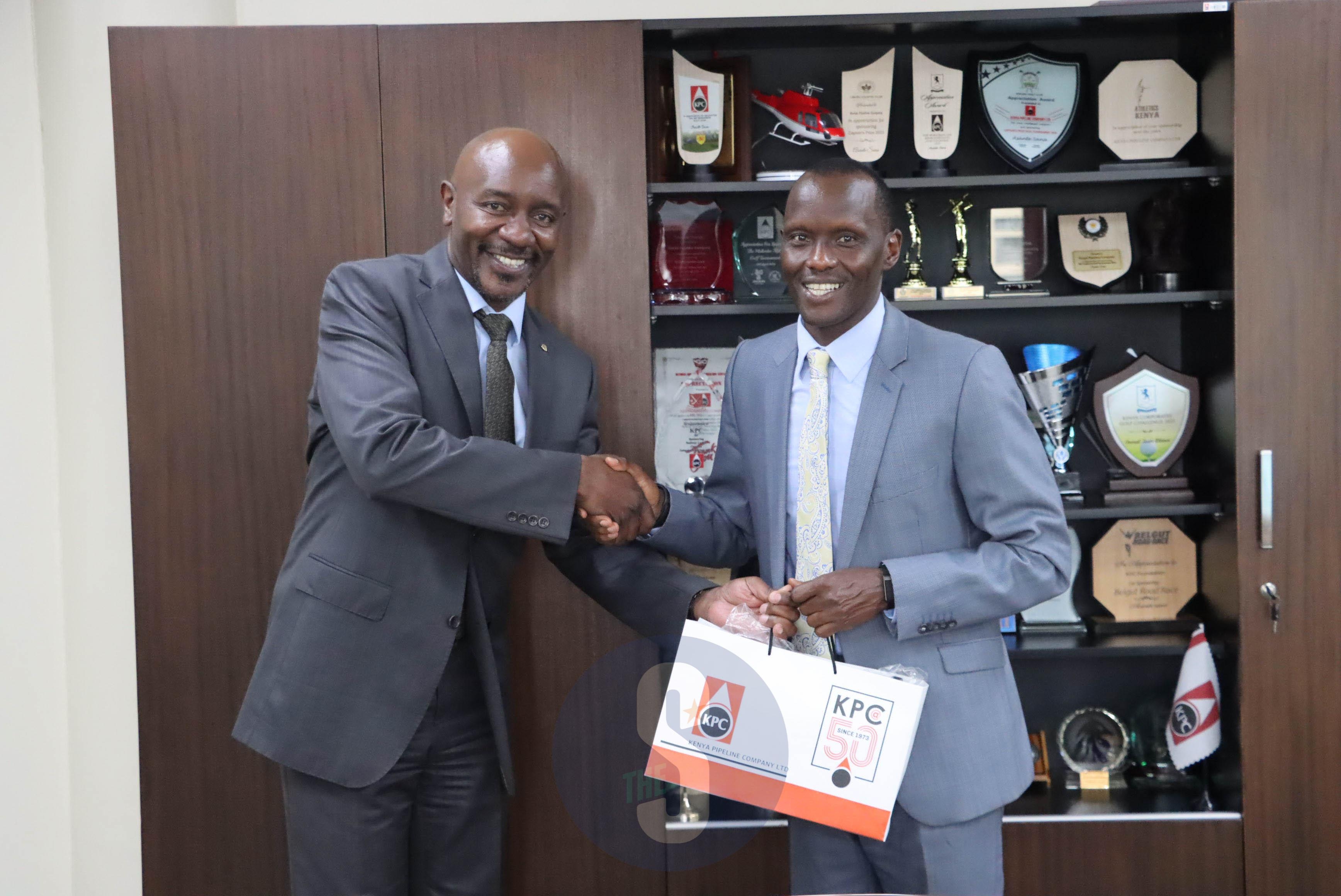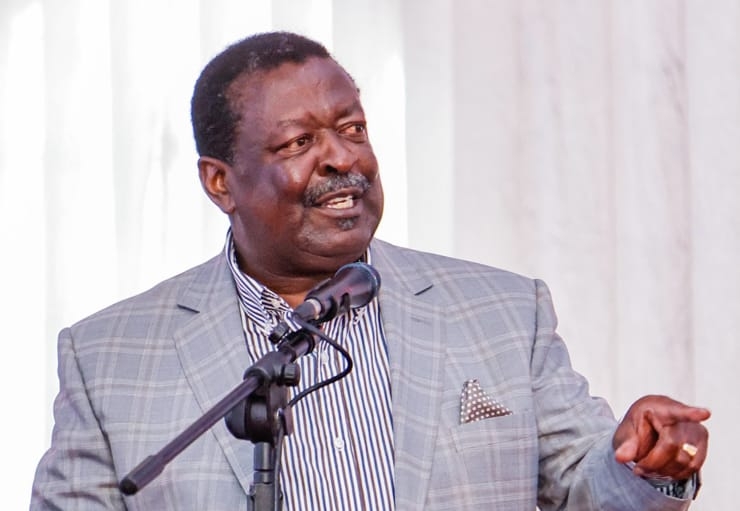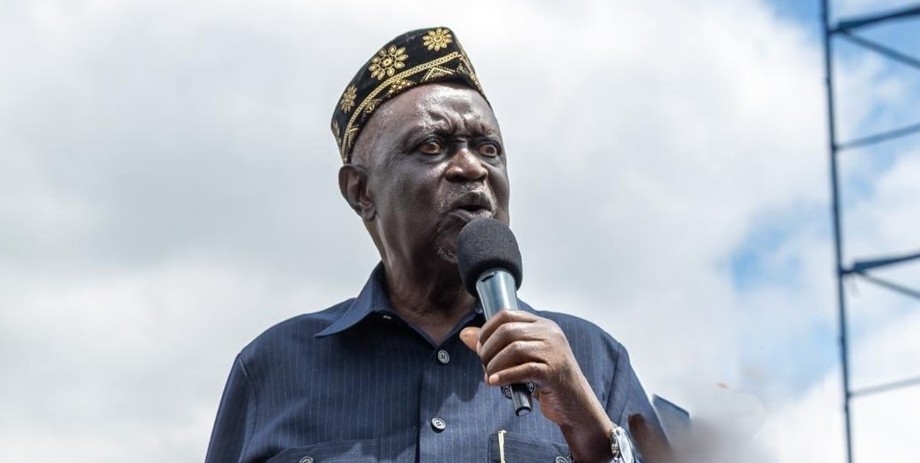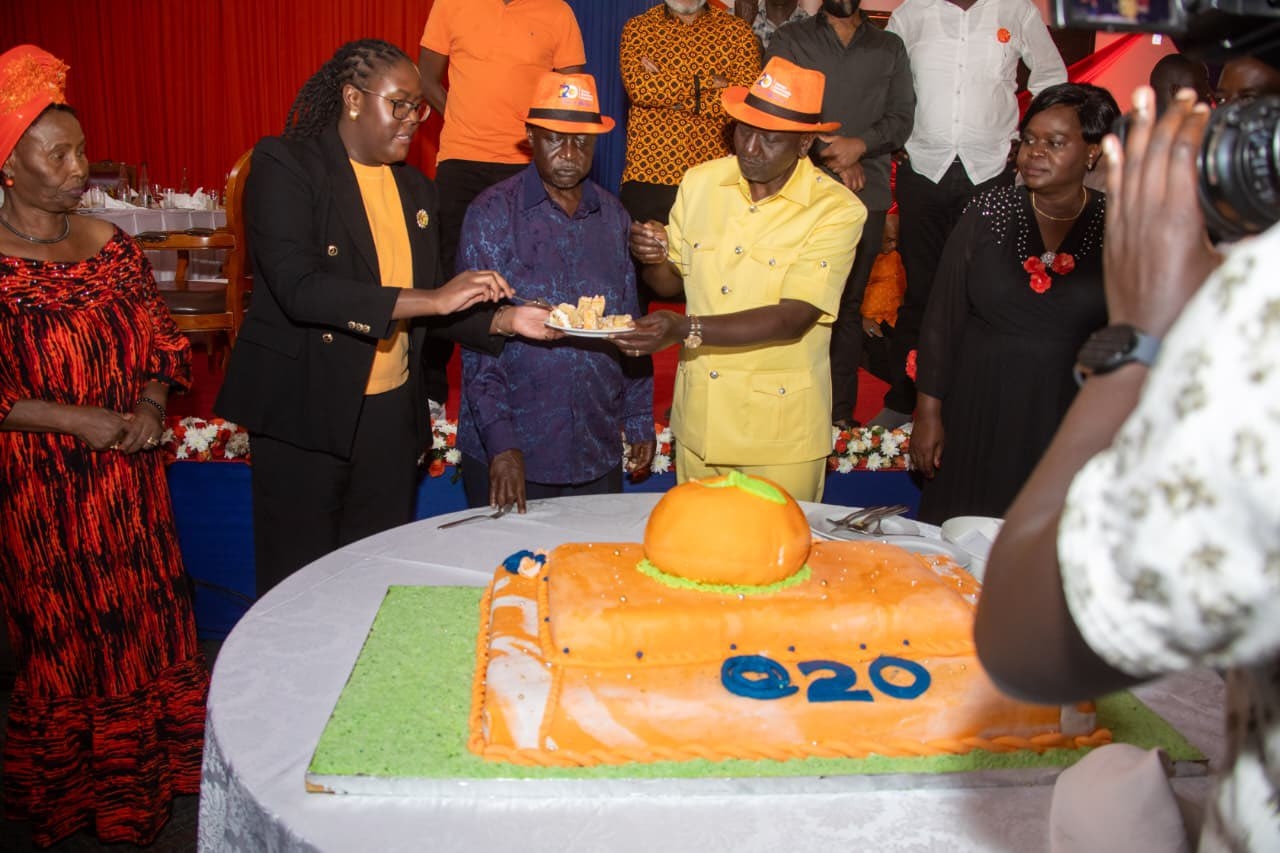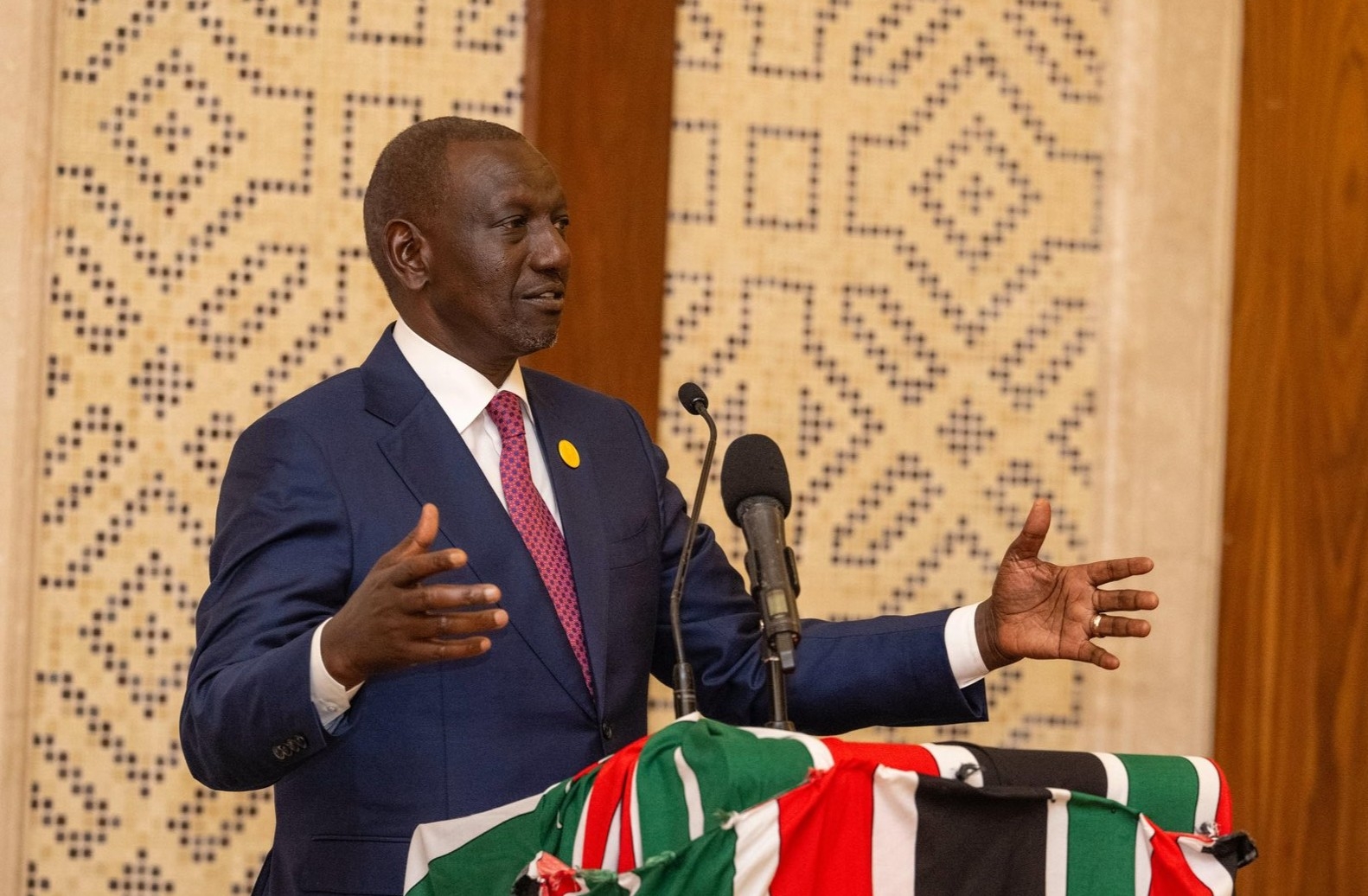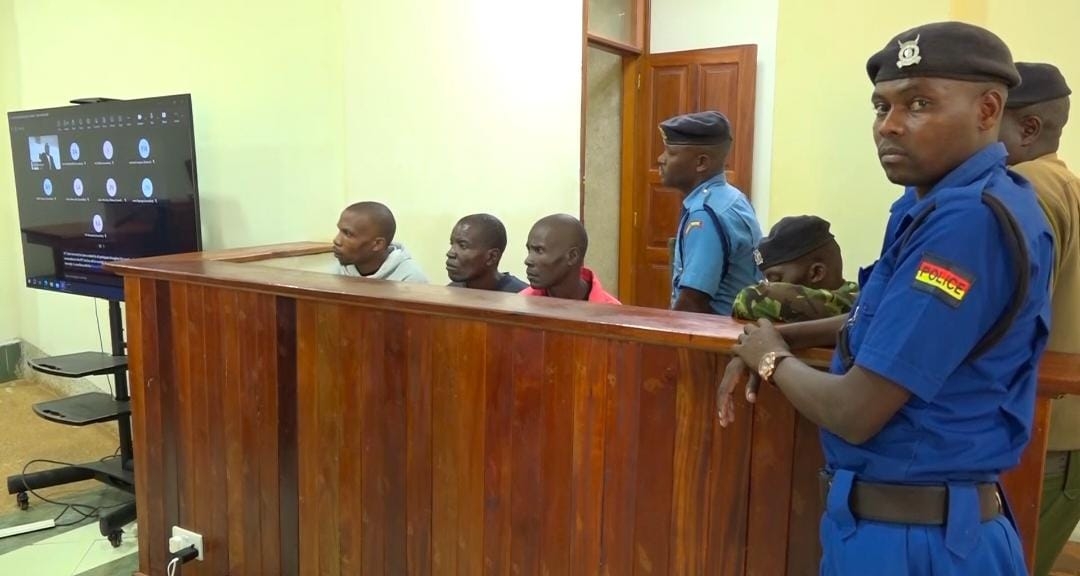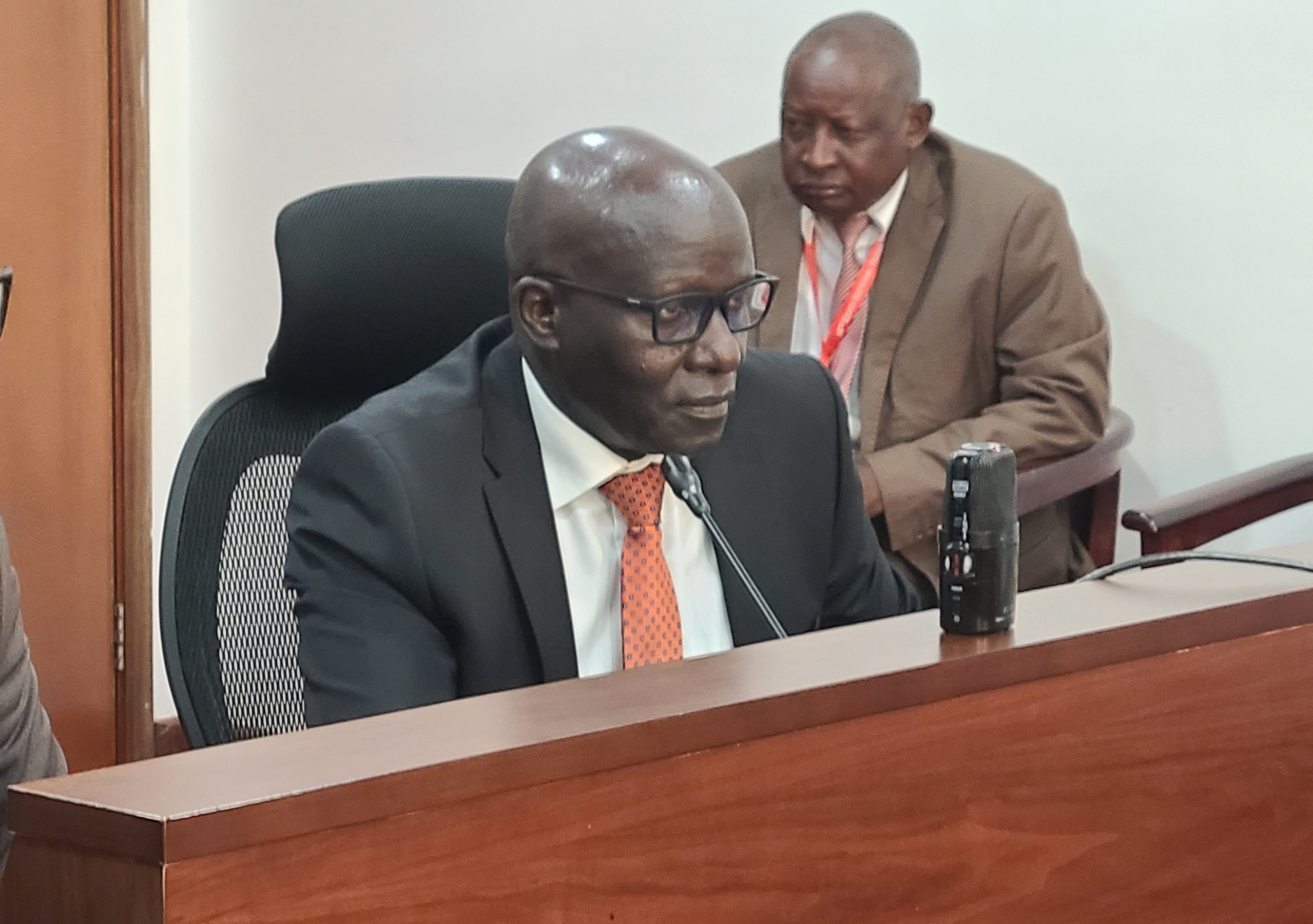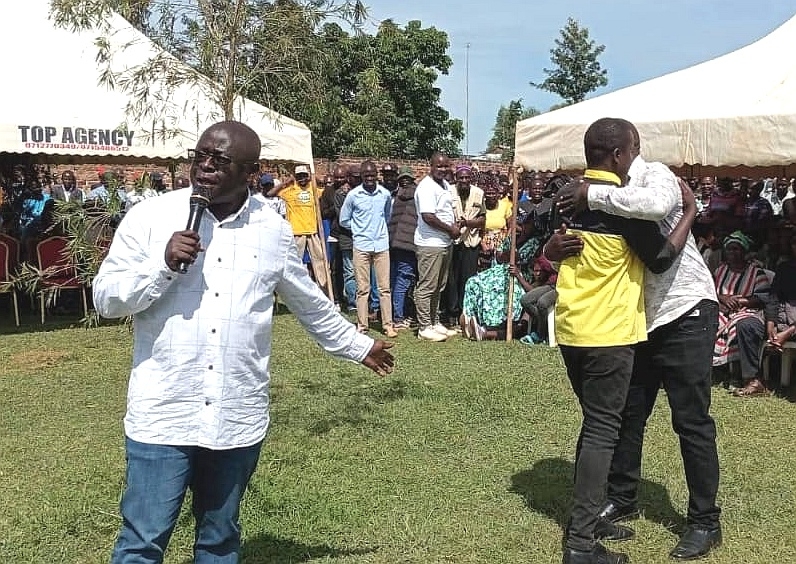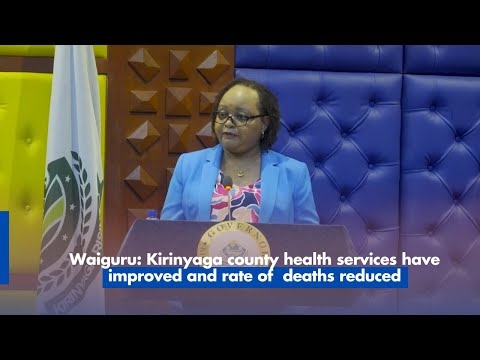Kenya erupted in renewed violence on Tuesday as anti-government protests demanding President William Ruto's resignation claimed another life.
Protests occurred in at least 23 of Kenya's 47 counties including Nairobi, Mombasa, Kisumu, Kirinyaga, Kakamega, Migori, Kitui and Nakuru.
Other counties include Nyeri, Kisii, Homa Bay, Kericho, Baringo, Kajiado's Kitengela, Embu, Makueni, Machakos, Turkana and Kilifi.
The death brings the total number of fatalities to at least 50 since demonstrations began a month ago, according to the Kenya National Commission on Human Rights.
The unrest began in response to proposed tax hikes, which Ruto ultimately withdrew.
However, the anger has morphed into a broader rejection of his administration, with activists calling for systemic changes to address corruption and poor governance.
Clashes erupted in Kitengela where police fired on rock-throwing protesters. One protester was reportedly killed, their body lying on the ground with a head wound.
Similar scenes unfolded in Nairobi's city centre, where riot police deployed tear gas to disperse demonstrators.
Ruto's attempts to quell the unrest by withdrawing the tax bill and firing his Cabinet have been met with defiance.
The protest movement, largely coordinated online by young Kenyans, is demanding his resignation and has rejected calls for dialogue.
The escalating violence and continued demonstrations highlight the deepening crisis in Kenya.
The economic and social costs are mounting, with businesses disrupted and daily life thrown into chaos. Finding a peaceful resolution becomes increasingly urgent as the stakes for all Kenyans rise.
The country has been rocked by four weeks of disruptive nationwide protests that have brought businesses to a standstill and cost the economy billions of Kenyan shillings.
The protests have been marked by scenes of violence, with youths engaging in running battles with security forces across the country.
Gunshots, tear gas, and police batons were the order of the day as demonstrators faced off with the police who deployed a more lethal version of teargas. Shops remained closed and roads deserted as the unrest paralysed daily life.
Ruto has accused non-governmental organisations, singling out the Ford Foundation, of sponsoring the protests.
Business leaders have warned that the unrest threatens to bring the country's economy to its knees.
"The current situation is creating an environment of uncertainty among employers, employees and Kenyans as a whole, and is shaking the very fabric of our nation," Jacqueline Mugo, the boss of the Federation of Kenya Employers, told the Star.
"But at the end of the day we need peace so that people can go about their businesses and lead their lives without fear."
In Nakuru, police stormed a church to flush out protesters who had sought refuge.
In Kakamega, a group of young men armed with batons initially tried to scare off demonstrators, but the protesters soon disarmed them and continued their anti-Ruto chants.
According to the Kenya National Commission on Human Rights and the Defenders' Coalition, 50 people have died in relation to the protests, with many succumbing to injuries sustained during the unrest.
The dead are largely from Nairobi (21), followed by Nakuru (3), Laikipia (2), Narok (1), Kajiado (3), Uasin Gishu (4), Kakamega (2), Kisumu (3), Kisii (1), Mombasa (3), Siaya (1), Kiambu (1), Nandi (1), Embu (1), Homa Bay (1), Nyeri (1) and Bungoma (1). An additional 413 people have been injured.
The human rights groups are calling on President Ruto to issue a "zero-tolerance directive on human rights violations to all the deployed security agencies."
They say the abductions, illegal arrests and torture of protesters have continued despite their calls for a stop to such actions. So far, 59 people have been abducted or gone missing, while 682 have been arbitrarily arrested, they said.
The Interior ministry has claimed the protests have been heavily infiltrated by criminals. This has led many businesses to keep their shops closed, fearing a repeat of last month's incidents where looters broke into stores and stole valuables.
In the capital Nairobi, major streets like Moi Avenue, Kenyatta Avenue and Tom Mboya turned into battlegrounds, with youths armed with flags and water clashing with heavily armed police. Officers fired tear gas to disperse the persistent demonstrators, numbering in the hundreds.
People who had reported to work were seen rushing back home as the city descended into chaos. Members of the Nairobi Business Community joined the anti-riot police in a bid to protect their shops and premises in the central business district.
Twenty kilometres from Nairobi, in Mlolongo township, protesters blocked roads leading into the capital.
In nearby Kitengela, demonstrators lit bonfires on the roads, making it difficult for police to clear the obstructions. Most businesses, including the Quickmart supermarket chain, were forced to shut down.
In the afternoon, goons looted and vandalised a Pizza Inn outlet in Kitengela, leaving a trail of destruction.
Several businesses were also closed in Karatina as the anti-government protests gathered momentum, with demonstrators blocking roads and chanting slogans.
The protesters in Karatina displayed live bullets allegedly fired by the police during the demonstrations, underscoring the violent nature of the clashes. The busy Karatina-Nairobi highway was paralysed as the cat-and-mouse games between the demonstrators and police continued.
In Nakuru, the protesters occupied Kenyatta Avenue and other roads, forcing the police to intervene and break up the gatherings.
Three people, including a journalist working for Kameme radio and TV station Catherine Kariuki, were shot during the protests. The female journalist, was reportedly shot three times in the thigh and taken to a private hospital for treatment.
Police in Eldoret made several arrests after youths attempted to storm the town in the morning. Most offices were closed in the Rift Valley region following reports of a plan by protesters to occupy government buildings.
Tear gas was used to disperse protesters who had lit bonfires and blocked roads in Embu town.
In Kericho county, demonstrators clashed with vigilantes armed with clubs patrolling the streets. The demonstrators, numbering in the hundreds, were demanding the resignation of Governor Eric Mutai, whom they accused of condoning corruption.
In Lodwar, hundreds of youths marching towards the Turkana governor's office were dispersed by a team of police and civilians armed with clubs. Shops in the area were closed, turning the Robert Junction area into a ghost town.
In Kisumu, anti-government protesters came close to the heavily guarded Kisumu State Lodge before being blocked by police.
In the coastal city of Mombasa, the protests started in the Mapembeni area along Moi Avenue, with police pushing the demonstrators from the central business district towards the Saba Saba area.



